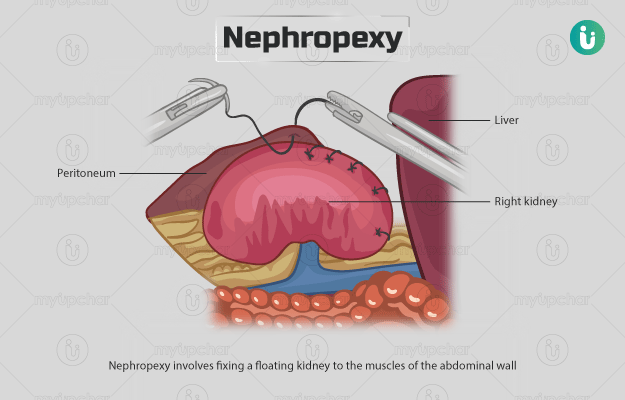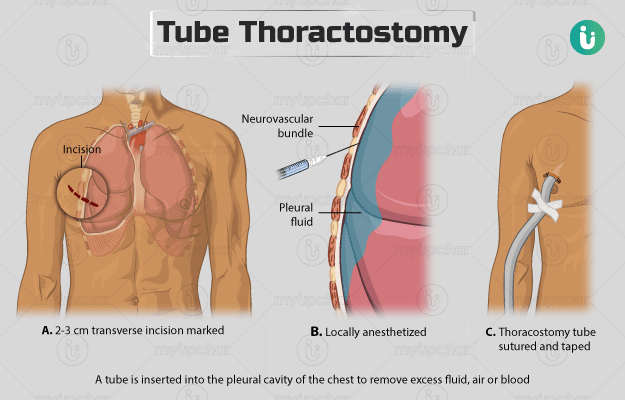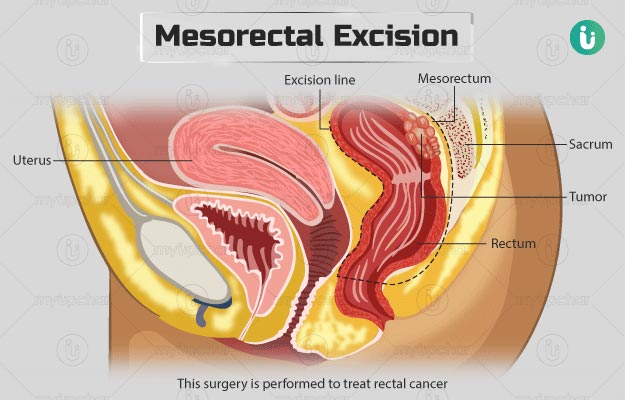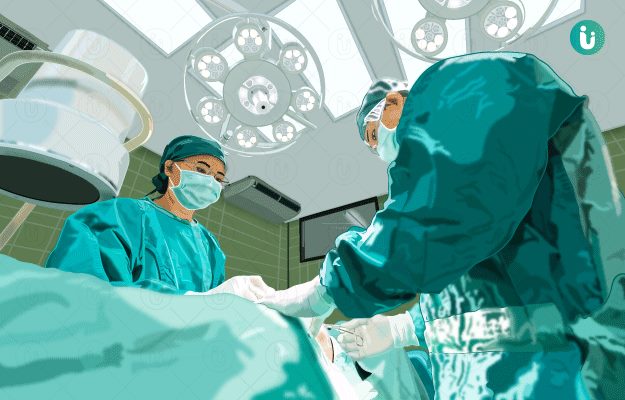Summary
Nephropexy is performed for the management of nephroptosis or floating kidney. In this condition, a person’s kidney moves down from its position in their abdomen when they stand up. Nephroptosis is more commonly seen in women than in men.
During nephropexy, surgeons may repair this condition by fixing the floating kidney to your abdominal wall. The procedure is only performed if you have symptoms of nephroptosis. Before recommending the surgery, your doctor will ask you to undergo a few diagnostic tests like ultrasound or Doppler scan to confirm the condition. You will need to fast for a few hours before the procedure.
The surgery will be performed under general anaesthesia to keep you relaxed and pain-free. You will have a check-up one week after the surgery and later in one, three, and six months and a year wherein the surgeon will monitor your condition.













































